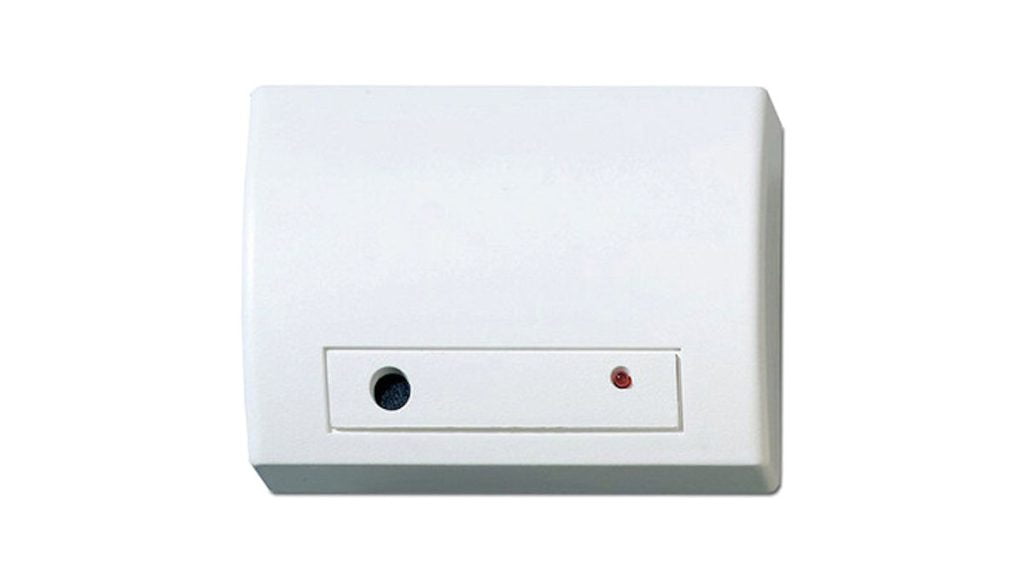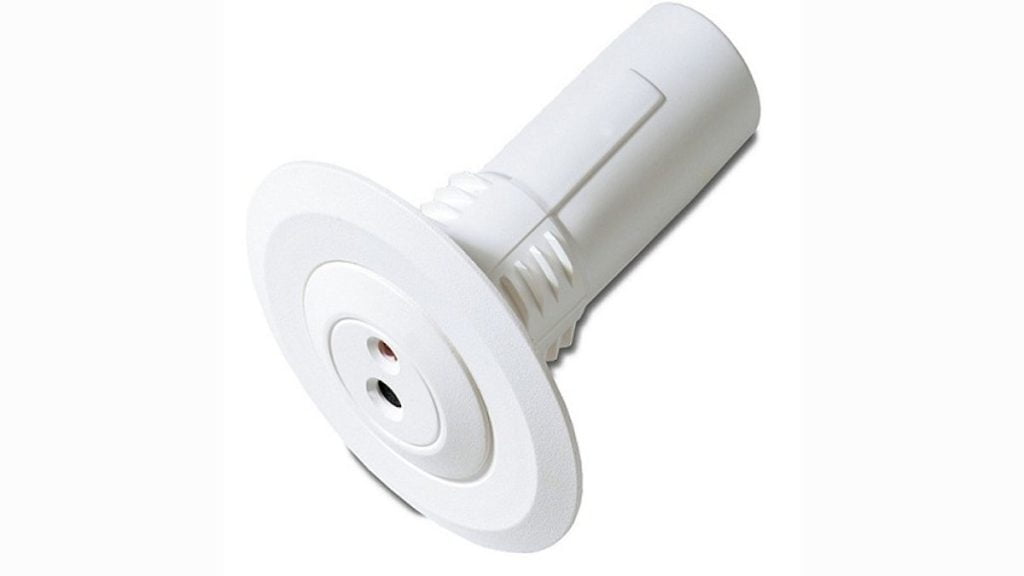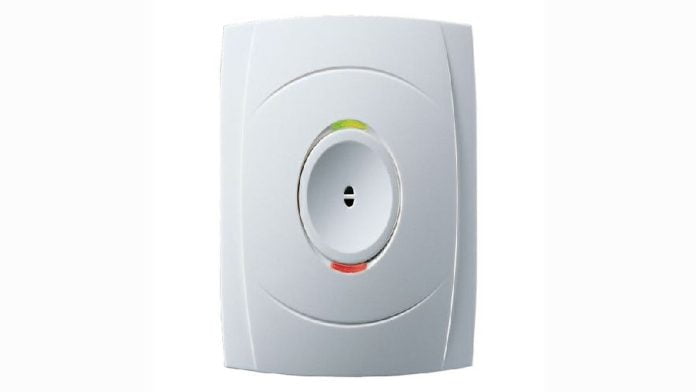Glass Break Sensor Standards – Judging Performance.
Glass Break Sensor Standards – While there lots of arguing about whether PIRs are better than dual techs or tri tech sensors, I never hear much discussion about the differences between glass break sensors. How can we make a judgment about the performance and quality of these devices?
A: The operation of glass breaks is piezoelectric – it’s an electro-mechanical process. These sensors work because a vibration in the air generates a molecular vibration in the crystal. As the crystal vibrates an electric charge is generated that varies depending on the nature of that earlier vibration in the air.
This signal can be identified and amplified by the sensor’s processing circuitry and only those signals correlating to extensive glass break testing will generate an alarm, while known false alarm signals will be discarded.
The more advanced a sensor’s microprocessor and algorithms, the better that sensor should be. This essentially means that the sensor has been tested more widely and programmed to recognize more false alarm signals than usual.

Glass Break Sensor Standards – Judging Performance.
Glassbreak signal processing algorithms are based on the analysis of peak amplitude, signal duration and ambient average across 3 frequency ranges, including infrasonic, mid and ultra sonic, while those signal processing algorithms allow sensors to adjust to variations their environment.
As a rule, you should look for the following features when choosing glass breaks. Go for site sensitivity adjustment, closed circuit operation with latching LED indicators and test capabilities.
The sensor should be pre-wired and hermetically sealed. It should have a low-voltage alarm and anti-tamper with auto reset after 3 seconds. It’s also important to purchase sensors that have analyser and filtration circuitry. You don’t want to buy a sensor that’s marketed as responding to frequencies below 40Hz. A tree branch rubbing the glass will generate this frequency.
Choose sensors that are designed for the glass types they are installed to protect – each type has a different break signal. The relevant international standards of compliance for glass breaks are UL or BS 4737, SIA’s acoustic glassbreak GB-02-2014 and/or the relevant European standards that now comply – none of which are easy to find online.
You can find out slightly more about glassbreak standards here or read more SEN news here.
“Glass Break Sensor Standards – Judging Performance.”












